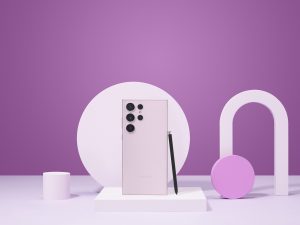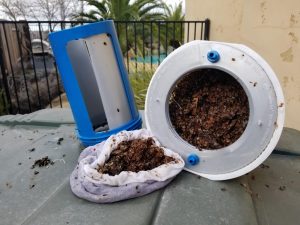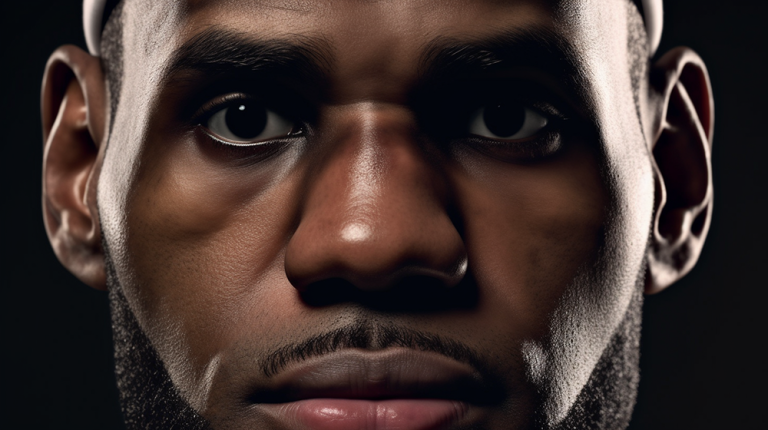In their recent public statements several trends or “company lines” have become apparent in Nintendo’s attitude towards Wii U’s future. Beginning with the recent Nintendo Direct and continuing with this week’s financial reports, President Satoru Iwata and others have repeatedly brought home how important it is to adapt to the changing nature of the console game business while still maintaining true to their core tenets.
A partial translation of the post-results investor Q&A session transcript published on NeoGAF has indicated that, as far as the Wii U is concerned, the company is sticking very close to its themes of development restructure, increased external support and utilizing unique, innovative hardware features.
When will we see more Wii U games?
The first question addressed is one of timeframes: when can we expect to see all the games Nintendo has announced recently?
Iwata: We are not thinking about a long timeframe. We are thinking about mid year up to end of the year 2013. We also have games that are slated for end of the year that we haven’t mentioned yet.
While we doubt that Iwata’s referring to all announced games (for example, we can’t see Super Smash Bros coming out this year), there has been a clear emphasis on selling gamers what is coming very soon. Solid release dates are sparse at the moment, so we could interpret these comments as meaning games like Mario Kart, a new 3D Mario platformer, Kirby’s Yarn, and Wind Waker HD will be shown in an almost complete form at E3 and given release dates for Q3 or Q4 this year.
Of course Monster Hunter 3, Game & Wario, LEGO City Undercover, Rayman Legends and Pikim 3 should all be out before E3 even begins.

Shigeru Miyamoto also commented on this topic, saying “we are aiming for games that sell steadily for the next 3 years, not for games that stop selling after a few weeks”, adding that “we definitely need more employees internally and externally so we are strengthening our development teams”.
Miyamoto’s comments seem to outline how Nintendo will and will not handle the increased stress and cost of HD game development: they will not skimp on their quality or appeal, but they will need increasing help from outside. This is consistent with what Nintendo has been doing over the past year. For example, they are co-developing the new Super Smash Bros U with Namco Bandai.
Nintendo in the cloud?
One investor questioned whether Nintendo platforms will be taking advantage of cloud gaming capabilities to unify console and handheld. While the question is no doubt spurred by the functionality of iPhone-to-iPad cloud syncs and PS3-to-PS Vita cross-game features, the idea behind these kind of experiences is patently non-Nintendo, and Iwata said as much.
Iwata: There are things you can do with cloud gaming and there are things you can’t do. We don’t agree that cloud gaming is the future and we are trying to work hard on a future where gaming only consoles are not gone.
It is true that all iOS devices have the same basic makeup, and that’s a fair claim to make regarding Sony’s console and handheld too. Iwata seems to be reiterating here that Nintendo never intends to have two separate products so similar that you could easily transfer flagship games between them.
But then what of the promised Super Smash Bros compatibility between Wii U and 3DS? Given the fundamental differences between the systems we can probably expect something far different from the compatibility between console and handheld versions of PlayStation All-Stars, and almost certainly it won’t involve direct parity.
Miyamoto: We needed to create new development environments for Wii U and 3DS unlike Wii which reused the GameCube architecture. We are unifying our development teams to accommodate this challenge and minimize the losses while preparing the shift. I think handhelds and consoles will coexist as the aim is different.
Miyamoto gets away from the idea of the cloud a bit here, it seems. However it’s still worth noting his return to the idea of development restructure. He could be indicating greater interaction between 3DS and Wii U development teams, not in the sense that the games they produce will be functional with each other, but in that they will ensure the games developed are fully suited to the machine they’re being released on.
Why the weak CPU?
There’s a question that seems to accuse Nintendo of overdoing Wii U’s GPU, which doesn’t make much sense as a criticism and is probably poorly translated. However we can assume the question actually related to recent reports that the Wii U’s CPU is way underpowered compared to its GPU. General hardware manager Genyo Takeda stepped in to defend.
Takeda: Wii U is a machine that has a lot of performance compared to its power consumption. The GPU is definitely more pronounced than the CPU . There are people saying that the CPU is weak but that is not true. It is a trend that the cache memory is what’s getting bigger, with CPUs not the processing power. I do not think at the CPU is underpowered. Its just a design where the memory is more stressed.
Miyamoto: For high end graphics there is a hurdle. We have to re-educate our people. The development itself hasn’t changed but we are recruiting specialists that can become core members in each specialized area. External developers are used to shader techniques and we are collaborating a lot with external companies nowadays so we have a very good development structure.
Iwata: Every gaming hardware has its specialities. There is a timing of hit and miss before the functions can be used fully. We were not able to provide development kits that get out all the power of Wii U until mid of last year. This is something time will heal so we are not too worried.
It’s pretty clear at this juncture that any perceived “weakness” of the Wii U system’s processing abilities are more related to software development than hardware. The first-party teams have never developed for an HD system before, and the third-party developers are completely new to Wii U.
There’s no doubt that in the coming months and years the graphical quality and complexity of Wii U games will skyrocket well above what we’re seeing now.
NFC
We’ve already reported that Nintendo plans to utilise NFC functionality in an upcoming game, but Iwata provided further insight in response to an investor question about NFC.
Iwata: There are two trends. One is with figurines or cards. We are currently working with developers on this and we will see various games this year. The other one is e-money payment. we are also working on this.
While it’s currently assumed that a Nintendo or Pokémon NFC game is coming in the form of figurines or cards, the prospect of e-money payments is a little more mysterious. Are NFC-enabled credit cards prevalent enough that it would be worth Nintendo’s while to accept them? Or are they thinking of utilizing the NFC chips in smartphones to process payment information, perhaps linked to their upcoming Miiverse smartphone app?
Could Nintendo distribute their own NFC-enabled cards that you could top up with cash at retailers, as an alternative to redeemable numerical codes? Properly harnessed NFC could present a significant streamlining of the digital purchasing process.
The company’s full report, as well as all their investor information, is available here. In typical Nintendo style, they’re full of adorable character art and crazy family photographs.

Keep in mind that we’re still waiting for an full, official translation of the Q&A session, which hopefully will hold more points for discussion and speculation. What do you think? Are Nintendo going the right way about moving into the future of game development with Wii U?








